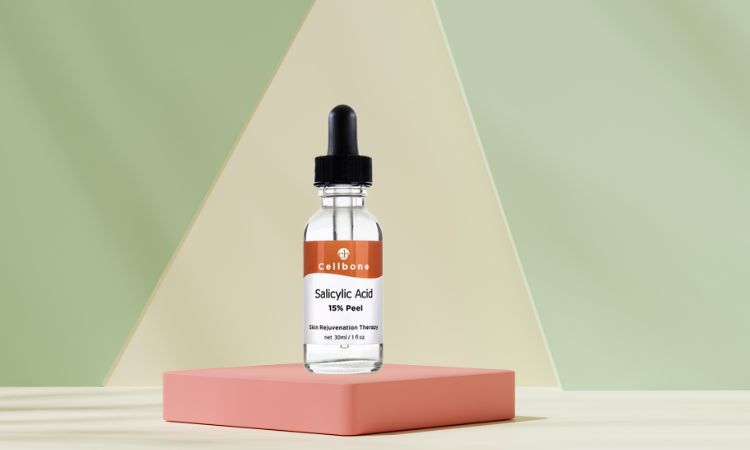The use of chemical peels has become normal in the current skincare practice, yet not every peel is identical. If you’re considering a salicylic acid peel, it is better to know how it is performed and what kind of results should be expected. The peel is meant to exfoliate deep into the pores, helping with acne, excess oil, and uneven texture.
However, results can vary depending on your skin type and preparation. It is essential to spend some time studying before your session to get the most out of the treatment.
Why Understanding Your Skin Type Matters
You should take a moment to find out what kind of skin you have before you even book in to have a peel done. Salicylic acid is oil soluble meaning it enters deep into the pores breaking up excess sebum and exfoliating dead skin. It is perfect on oily and acne-prone skin, though it can be a little bit harsh on really dry or sensitive skin.
People with rosacea or eczema should approach cautiously—overdoing it can cause irritation. Your dermatologist or esthetician will be able to evaluate your skin and determine the right concentration, ensuring the peel is effective and at the same time the skin barrier is not impaired.
How Timing and Preparation Make a Difference
A common mistake first-timers make is thinking a peel is a one-off fix. As a matter of fact, preparation is as vital as the treatment itself. Avoid retinol, harsh scrubs, and other strong actives for at least a few days before your appointment. Hydrated and clean skin, in turn, will absorb peel more uniformly, and the chances of irritation will be lower. Post-peel care is equally critical. There is no compromise on sun protection as your skin is more exposed in the state of exfoliation. And a gentle, hydrating routine with ingredients like ceramides or hyaluronic acid will help the results last longer.
Natural Ingredients That Complement the Peel
As salicylic acid addresses dead skin and congestion, that is, some ingredients help ease and add to your performance. Shiitake mushroom extract is one interesting addition with more attention in the field of skincare. Packed with antioxidants and natural moisturizers, it can calm inflammation and enhance your skin’s glow after chemical exfoliation. Most of the new serums and moisturizers combine chemical peels with plant-based actives that are mild to ensure that the skin remains balanced.
This blend is particularly useful when your skin is very sensitive or reactive so as to make the experience more comfortable and results more noticeable.
What to Expect During and After the Peel
The process is usually quick—15 to 30 minutes for most peels. The sensation is natural and is tingling at times with a slight warmth. Immediate effects may include a bright, smooth appearance, but the full benefits emerge over the next few days as dead skin sheds naturally. It is no cause to panic when a little peeling or redness occurs; that’s a sign the peel is doing its job. Consistency matters more than intensity.
Common Mistakes to Avoid
Mistakes do occur even when the preparation is effective. Do not scrub or scratch at peeling skin, this may result in irritation or uneven patches. Don’t layer other active treatments immediately after a peel unless recommended by your professional.
And resist the urge to skip sunscreen – UV exposure can roll back all that you have done and may even result in pigmentation. Keeping your routine simple, consistent, and gentle is the key to maximizing results while minimizing risk.
Key Takeaways for First-Timers
Salicylic acid peels can transform your skin when approached thoughtfully. Here’s a quick summary:
- Understand your skin type and any sensitivities before your first session.
- Prep your skin properly and plan a gentle, hydrating aftercare routine.
With these tips, your first peel can be a smooth, confidence-boosting experience.
FAQs
How often can I get a salicylic acid peel?
Most estheticians recommend every 4 to 6 weeks, depending on skin type and tolerance.
Can I use other exfoliants along with the peel?
It’s better to avoid strong scrubs or other chemical exfoliants immediately before and after your peel to prevent irritation.
Will my skin peel heavily?
Peeling varies by individual. Some notice light flaking, while others see minimal peeling. Both are normal.
Can I wear makeup immediately after?
It’s best to wait at least 24 hours or follow your esthetician’s recommendation to let your skin recover.



